The 21st JCT Traffic Signal Symposium & Exhibition
15th and 16th September at The University of Warwick.

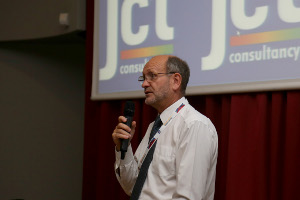
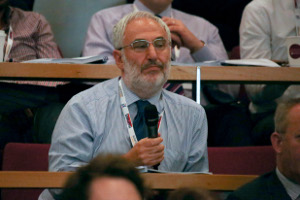
Synopses of Symposium Papers
Special Events Sponsored by:



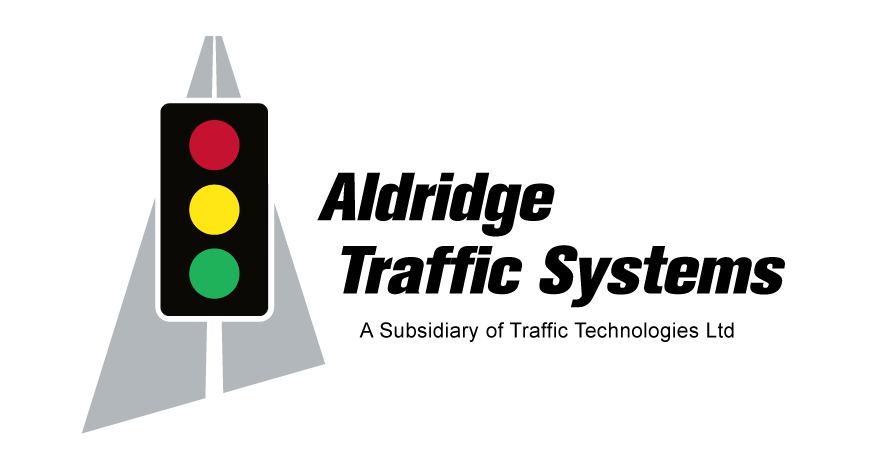
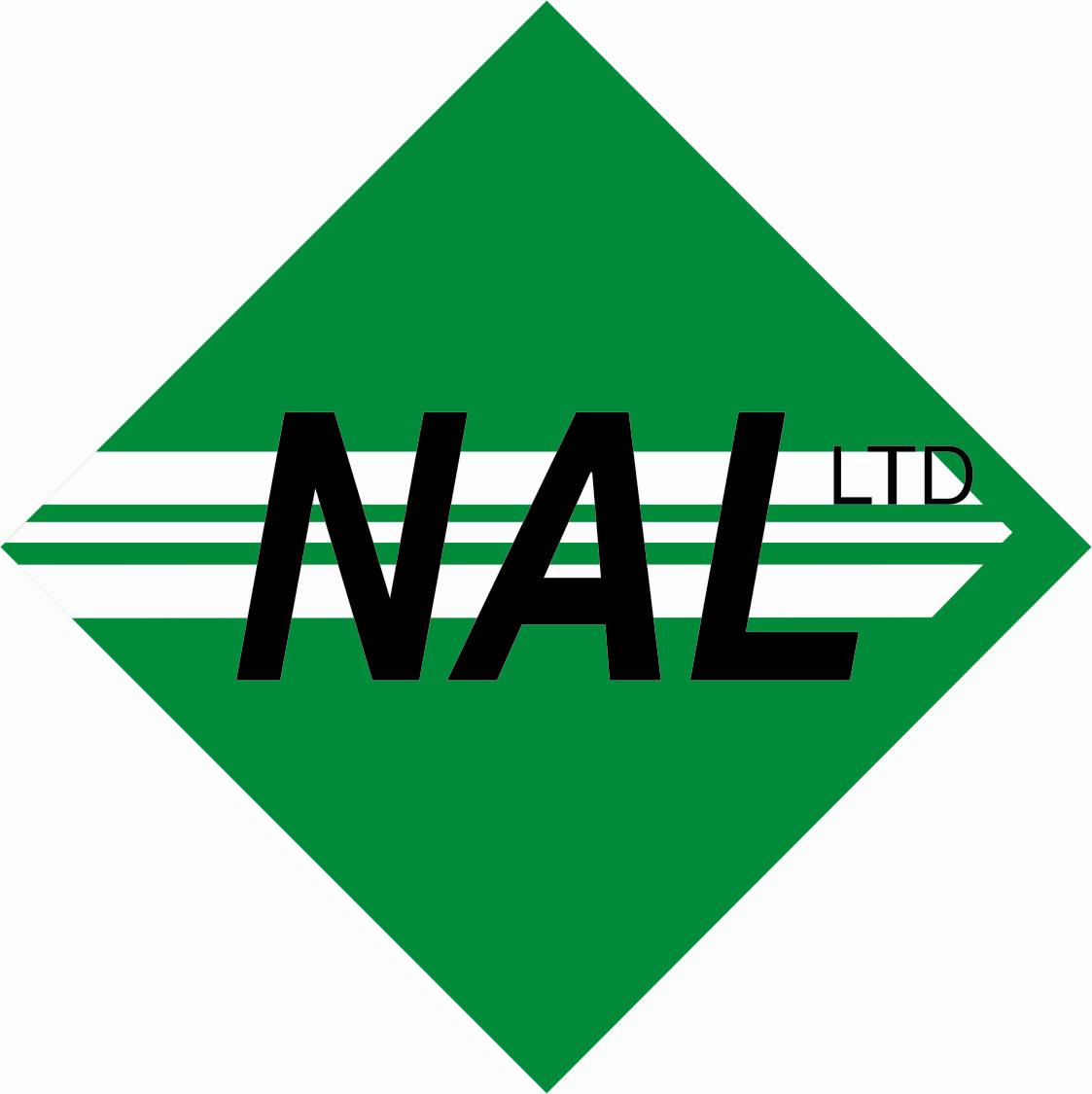
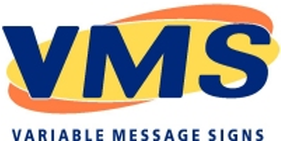
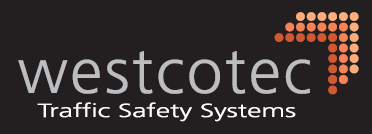
Keeping road traffic moving: past initiatives and thoughts on the way forward
KEYNOTE SPEAKER: Dr Stephen Ladyman, Clearview Intelligence
It has been estimated that between 2013 and 2030 road congestion could cost the UK economy more than £300bn. What strategies have successive governments taken since 2000 to address these costs? Which initiatives have worked, what got in the way and what went wrong? Where will the Government and its agencies direct their efforts in the next few years. And how will Brexit affect road transport – what impact will it have on transport innovation and research and the way we pay to use the roads?
Using live data technology solutions to create safer and smarter transport networks
Peter Cattell, Rennicks
Download →
Improving congestion and reducing pollution by providing live information utilising cameras, Bluetooth and VMS and improving facilities for vulnerable road users using Active Road Studs to create safer pedestrian and cycling zones.
Speed Amelioration in Swindon : implementation and results
Phil Shoobridge, CH2M
Download →
Following on from Bruce Slattery’s 2010 paper ‘Speed Amelioration using traffic signals and ITS’, which won that year’s prize for the most controversial presentation and prompted by Graham Muspratt’s 2015 paper ‘A78 Fairlie, an innovative approach to encouraging speed compliance using traffic signals’, this paper relates CH2M’s experiences in trialling ITS technology to influence speed compliance. It relates the technological challenges encountered, summarises the data collected and outlines the statistical findings from using a group of strategy tools at two MOVA controlled junctions in Swindon.
Unmetered Supplies, traffic signal inventories and ELEXON charge codes
Tom Chevalier, Power Data Associates
Download →
The bulk of unmetered energy is for street lighting, but many traffic signal installations, information signs, etc. also
have an unmetered supply. The unmetered arrangements are designed to ensure that the correct energy charges
apply for the customer even through the equipment is not metered. Paper will consider:
Neatebox (Advances in the provision of facilities for people with visual impairment at signals) . The problem, the solution and the journey to certification.
Gavin Neate, Neatebox
Download →
Following on from Gavin’s presentation on The Challenges Faced by those with visual impairments at Pedestrian crossings (Winner of Most Thought Provoking Paper 2014) - Neatebox has continued to develop and refine its product. With the support of companies such as AGD and Imtech (Dynniq), Neatebox have progressed their offer to include an automatic proximity button push, as well as introduce the operation via the wearable, specifically at this time the Apple Watch. Gavin’s presentation will briefly underline the challenges faced by all users and update the delegates on the advances made in the intervening two years since his last presentation, as well as provide an overview of our work with Royal Bank Of Scotland and The City of Edinburgh Council. Gavin will highlight their progress to certification, provide a timeline to product release and will encourage discussion and feedback as well as look for future collaboration and roll out.
Getting more value from London’s traffic signals
Joe Graham, Transport for London
Download →
Joe will describe the role of TfL graduate trainees in securing better value from the Capitals signals.
TSRGD 2016, what you need to know
Sally Gibbons, Department for Transport
The Traffic Signs Regulations and General Directions 2016 came into force on the 22 nd of April 2016. Sally will return to the Symposium to outline the major changes in the new regulations including new types of signals and associated signs.
Onderzoek geeltijden (research into the effects of the length of amber times at signals)
Luc Prinsen, Goudappel Coffeng
Download →
In the Netherlands (and elsewhere outside the UK) different amber times are employed in different circumstances. Luc will present a paper on research undertaken into the effects of amber times on driver behaviour.
Innovation in Cycle Design transforming London's Roads
Korak van Tuyl & Carolyne Paul, Transport for London
Download →
TFL have successfully opened a number of fully segregated Cycle routes throughout London, and this paper will share
the design process that TfL have gone through to engender the “step change” in cycle design in the past 3-4 years in
London. The Paper will consider:
GLASGLOSA - Results of a demonstration of in-vehicle Green Light Optimal Speed Advice derived from SCOOT timings
Dynniq
Dynniq will discuss their Infrastructure to Vehicle connected vehicle service delivered via 4G communications to an on-board unit and displayed on an application in a Dynniq branded car.
Some innovative ideas on transport in the context of Ealing Council.
Francis Torto & Kanagaratnam Senthilgiri, Ealing Borough Council
Ealing Borough Council has a history of innovation in transportation schemes and Francis and Giri will present two examples of recent work. They will describe their programme of converting a significant number of signalled junctions to roundabouts with the benefits of reduced travel times, accident reduction and reduced pollution. Also they will describe their work with a supplier to develop the “Cycle Safety Shield” which encompasses software driven warning signs to warn HGV drivers of the presence of cycles, they will consider how this initiative has reduced serious collisions and improved the fuel efficiency of HGVs.
Sign of many colours, True or False? (RGB versus five colours in Variable Message signs)
Mark Johnson, VMS
Glynn’s paper will show the difference between RGB and 5 individual colours. This will be shown in actuality via a couple of LED Boards (1xRGB & 1x 5 colour). He will speak about CIE colour chart, what’s expected in EN12966 regarding colour and will explain how colour can drift and show that the five colour option will maintain the EN12966 CIE colours.
Spring into Summer (automatic entry balancing on the Springhill Roundabout)
Dan Preece, Integrated Traffic Services Ltd
Download →
Spring hill is a scheme where logic has been deployed to automatically call and hold pedestrian crossings on the 4 entries to a roundabout to balance queues. Dan will discuss the design and implementation process and consider its effectiveness.
High resolution data analytics with FLIR smart city sensors in Hamburg
Michael Deruytter, FLIR
Download →
The TrafiOne Smart City Sensor uses thermal imaging and Wi-Fi tracking technology to provide traffic engineers with high resolution data on vehicles, bicycles and pedestrians at intersections and in urban environments. Michael Deruytter will consider its deployment by presenting a case study from Hamburg.
Traffic Open Products And Specifications (TOPAS) – An update
Mark Pleydell, Pleydell Technology Consulting Ltd.
Download →
Mark will consider the Traffic Open Products and Specifications (TOPAS) and the cessation of statutory type approval in light of the new TSGD 2016.
Is security of access to on-street traffic equipment important in today's "hacker-infested" landscape?
Keith Manston, Siemens
Ever more on-street equipment is IP connected to complex central systems via the Internet and therefore at potential risk from hackers and those who want to disrupt traffic flow or simply cause a nuisance. In most well-designed and maintained networks various security measures are put in place to protect the equipment and connected networks from attack, but what about local access to equipment settings or physical wiring etc? – Should local vulnerabilities and the threat of physical changes being made to wiring etc be considered more significant than the theoretical possibility of a network attack and is the industry prepared for the costs and inconvenience that additional security measures could bring?
Advanced MOVA Group Linking on Distributed Controllers
Craig Cameron, Siemens
Download →
ITVP-2. Reliably detect bicycles and vehicles at the stop line and on the approach. Tested in Lancashire
Chris Webb, C&T Technology
Download →
In order to solve the issue, the local authority is going to test the new “ITVP-2”, a new radar that simulates two
virtual loops for approaching & stop-line detection. Innovations lie in two major points:
Its intrinsic qualities provide a solution at an affordable price, allowing Local Authorities to save money at single-lane
junctions.
Third Party control of UTC systems via SPRUCE
Tony Smith, Underdog Software
Download →
With today's Local Authority cost cutting an increasing number of UTC centres are seeing their operating hours cut.
On the other hand there exists a growing demand for traffic management from large entertainment and retail
complexes. 3rd parties are now requesting control over parts of the road network
pertaining to their business activities out of UTC control room hours.This is being achieved via a multitude of
unsightly hacks of existing UTC systems in ways which they were never designed or intended for.
Tony’s paper will explain how pre-defined (but programmable) control actions can be given to these 3rd parties via
SPRUCE whilst restricting:
Implementing and Operating IP driven signals (RLCS) in Lincolnshire
Melvyn Green, Lincolnshire County Council
Download →
Lincolnshire County Council gave permission for Dynniq their Alliance partner to trial their Remote Lamp Control System at the Dixon Street / Boultham Park Road junction. This was the first installation on the highway, the previous two trial sites were simpler installations on private networks. This site was chosen as it had a recent PTC-1, pedestrian facilities, Clearview magnetometers, INEO bus detection and is on SCOOT/UTC. With technical support from Dynniq Melvyn will share Lincolnshire’s experiences with the symposium audience.
'This road ain’t big enough for the both of us' - Sheinton St. HGV shuttle gating scheme
Dan Preece & Huw Roberts, Integrated Traffic Services & Mouchel
Download →
Huw and Dan will present an overview of a an innovative shuttle scheme which allows standard vehicles to pass on a restricted width section of carriageway but restricts the passing of HGVs. The scheme uses a mini Mesh network with controllers talking directly over IP and selective vehicle detection.
CCTV, traffic monitoring, legislation and data protection issues
Stephen Parkinson, Peter Brett Associates
Looking at the use of CCTV for traffic monitoring and how it sits with current CCTV legislation / data protection issues, especially where users are wanting to publish images on websites to allow the public to monitor congestion levels.
 |
|
 |
|
 |
|

Upcoming courses
20 Jan 2026: Online Introduction To Traffic Signals ...more
03 Feb 2026: LinSig3 : Online Junction Modelling Computer Workshop ...more
14 Apr 2026: Interpretation and writing of TOPAS 2500 Controller Specification forms for Transport Modellers and Design Engineers ...more
02 Jun 2026: Introduction to Traffic Signals ...more
02 Jun 2026: Practical Application of MOVA Computer Workshop including the use of MOVA Tools and MOVA Simulation ...more
Subscribe to email updates
To subscribe to Course, Software or Symposium update emails, please click here